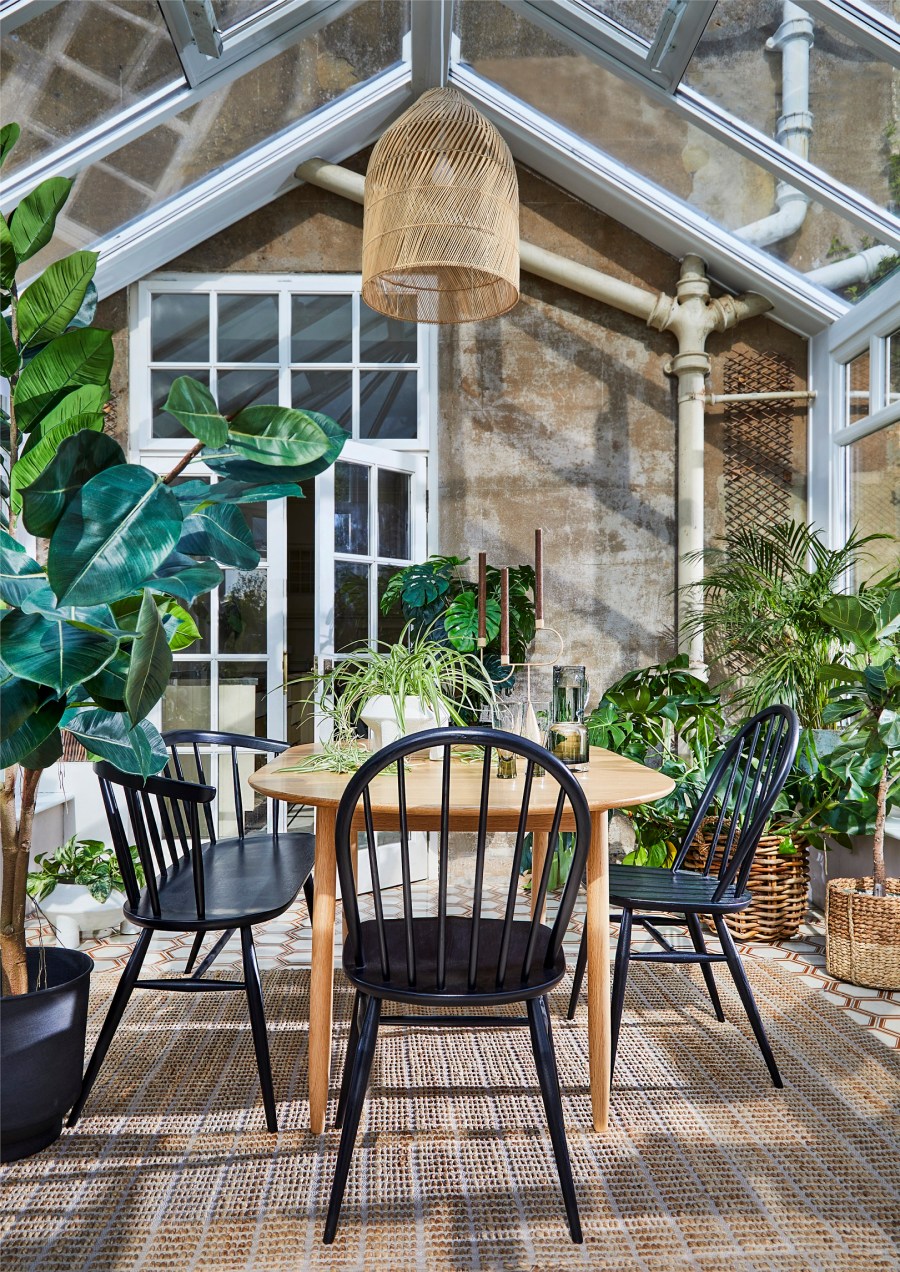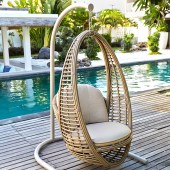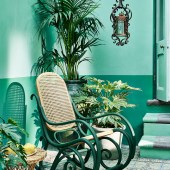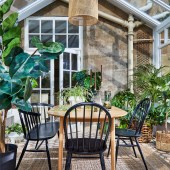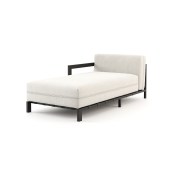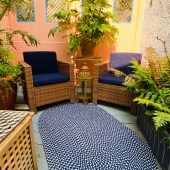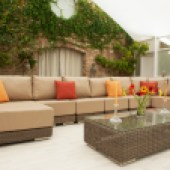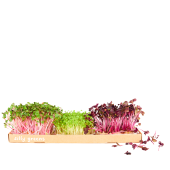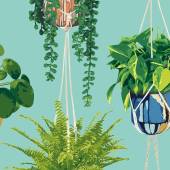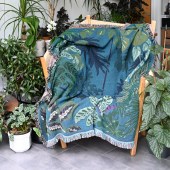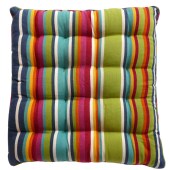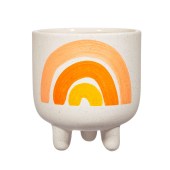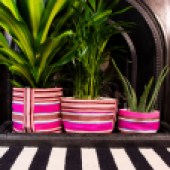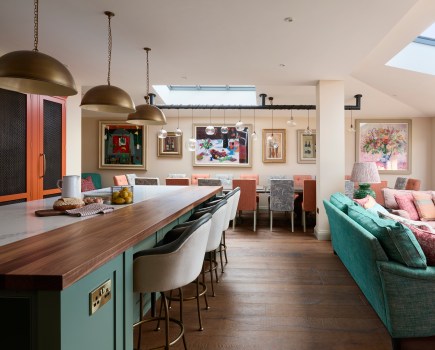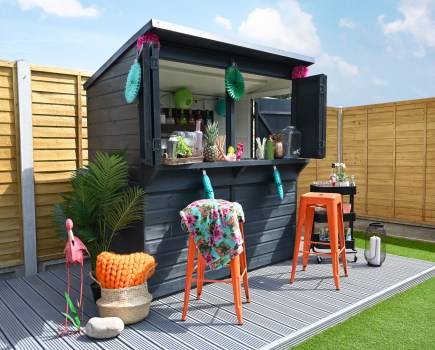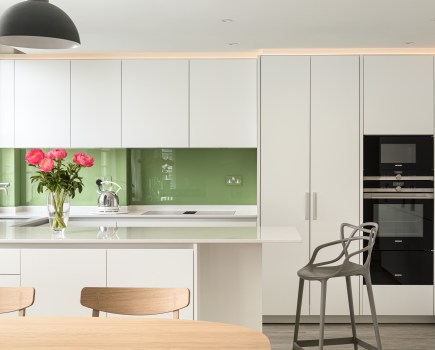Conservatories, sunrooms, orangeries – call them what you will but there are few places you can enjoy sitting and doing very little inside your house, writes interiors columnist Carol Burns.
Historically, a conservatory was a place used for storing food. A few centuries later and it became a place to grow the food as glazing was added to create the perfect ingredients to grow Mediterranean produce. And by the Georgian era, people decided why should citrus plants be the only things to enjoy the feel of sunshine under the cover of glass. And so the orangery was born.
Conservatories have earned a naff reputation since the advent of ready-made plastic add-ons. But do it well, and your conservatory will become your favourite room.
Having lusted after a glass-framed extension, we too often end up blocking out the light with glare-reducing blinds that can cost more than the glazing. See how the room works for you in a season before getting out the measuring tape. If the room is big enough, set up different seating areas for different times of the day, as you would in a garden offering full sun, shade and something in between. It might not be a room to be used extensively throughout the year, but let’s face it – neither is the garden.
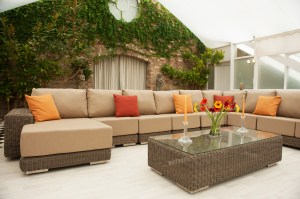
Sticking with the original purposes of the glass house, it was first and foremost a place to grow plants, especially those native to hot, humid climates. In an orangery, you can blur the lines between house plants and patio plants. The beauty of this mix-and-match style is that while house plants can change very little throughout the seasons, patio plants will grow, flower and fruit.
Here’s my selection of six plants to choose for your conservatory:
- The wonderfully named Bird of Paradise, Strelitzia reginae, plant is a real stunner. This yellow and orange plume-like flower grows up and reaches for the sky.
- Citrus trees have been bred in small potted form that are perfect for sun traps and sun rooms. You probably won’t get much in the way of edible lemons or oranges, but the smell is heavenly and the flowers are pretty.
- Olive trees can be moved in and out of your conservatory. They are tall and imposing for corners of the room, and it can be addictive trying to spot olives (which you can create olive oil out of if you have the time).
- Chilli plants can sit in full light and – you can mix the chillies with the olive oil from above and create your own brand of chilli oil.
- Group together a few different breeds of cacti if you like something lively and slow growing. Make sure you put them in unused spots of the room, or you will get snagged on their spikes.
- Swiss Cheese plants will love the warmth, but prefer partial shade. Their dark glossy leaves will add to the tropical feel.
When it comes to buying plants, choose the size you think will fit and then go two sizes up (if you are impatient for them to grow) or two sizes down if you like to watch them grow. Whichever size you go for, get plants big enough to grow from the floor. Just don’t go artificial. Not only will they do nothing for your air quality they get dusty really quickly. And everyone can tell they aren’t real. And they cost more than the real ones.
Once you’ve got your sub-tropical paradise installed, then you can think of furniture. Wicker furniture has long been the trend for conservatories (who started that?). Personally, my twig furniture desires stop with the classic peacock chair. After that I am low-slung sofas and comfy chairs all the way. Conservatories can be lacking in colour with all the glass, window frames and usually bare floor. Use vibrant colours that compete with all that greenery in your textiles – cushions, throws and the occasional rug.

